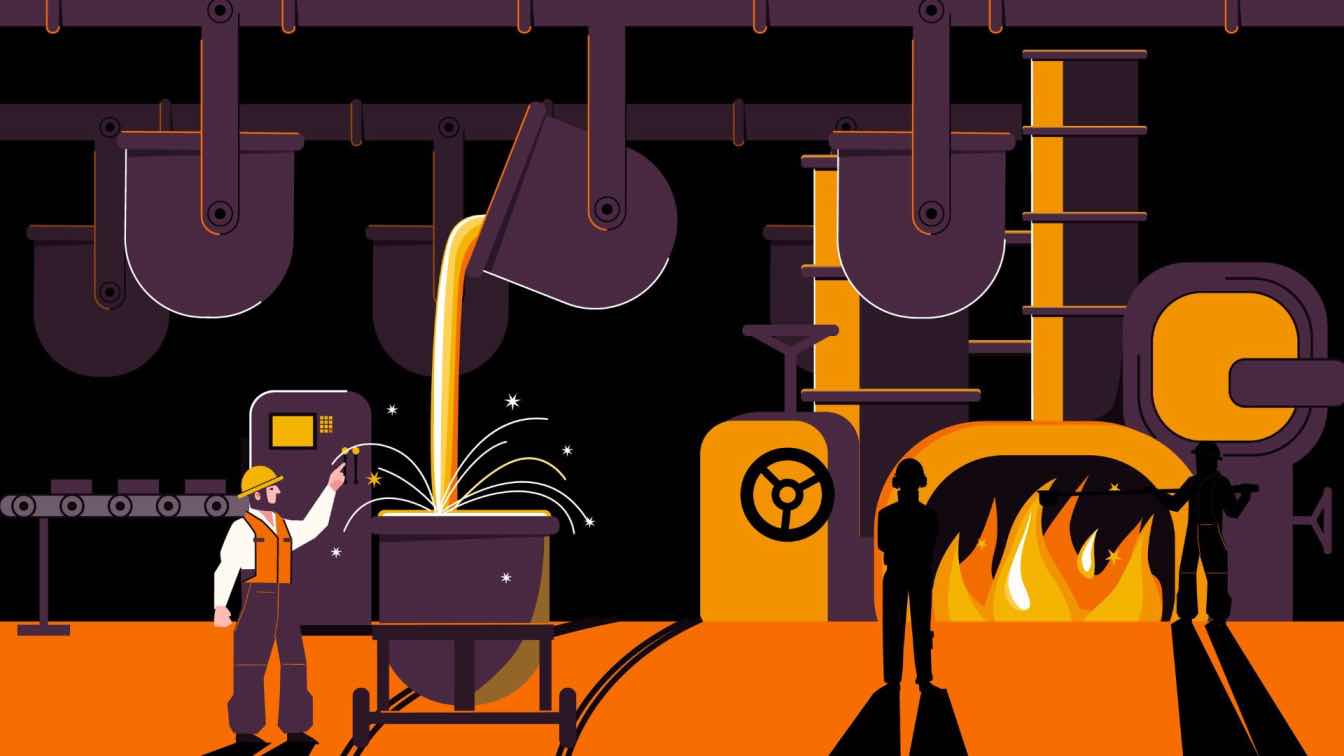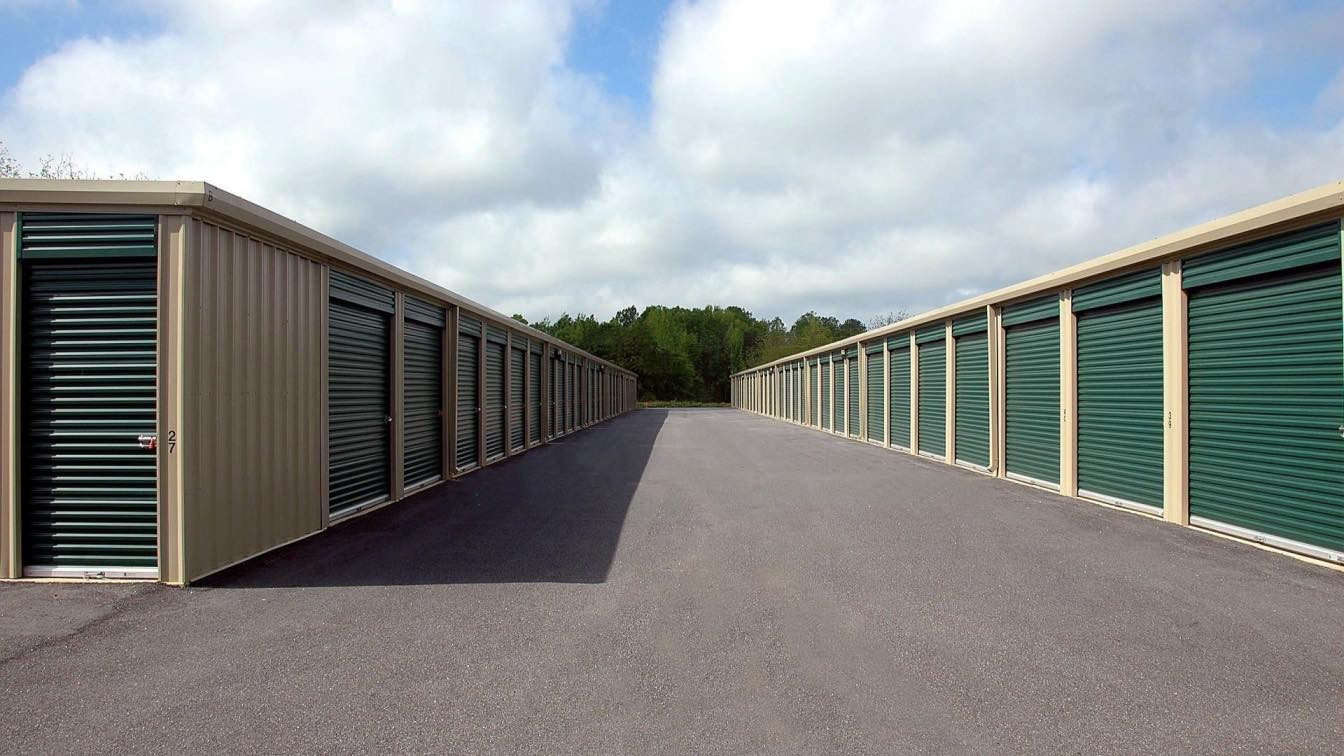Ever picked up a finely crafted metal part and wondered how it can be both incredibly strong and precisely shaped at the same time? This balancing act represents one of the biggest challenges manufacturers face today. From cars and planes to medical devices, industries need components that can handle serious stress without sacrificing those razor-sharp tolerances and complex shapes that modern designs demand.
Understanding Material Properties in Metal Casting
Getting that perfect balance starts with choosing the right metal for the job. Think of it like selecting the perfect ingredient for a recipe—aluminium brings lightweight strength to the table, cast iron offers rock-solid durability, while stainless steel resists corrosion like nothing else. When you work with quality metal casting services, you're tapping into expert knowledge about which materials will deliver exactly what your project needs.
The science behind the metal matters enormously. How the atoms arrange themselves during cooling affects everything from strength to how precisely the metal can be formed. Today's foundries use sophisticated analysis equipment that would look at home in a science lab to ensure every batch of metal delivers consistent properties before casting begins.
Critical Factors Affecting Casting Strength
What makes a casting strong? It's all about what you can't see—the internal structure. Those tiny, unwanted air pockets called porosity are the enemy of strength, creating weak points where cracks can start. Smart casting techniques like vacuum-assisted processes prevent these issues by controlling how the metal flows and solidifies.
You wouldn't trust a bridge that hadn't been tested, and neither should you trust a casting. That's why serious manufacturers put their products through rigors examinations. They use x-rays and ultrasound to peek inside without causing damage while also destructively testing sample pieces to measure exactly how much force they can handle before failing.
Precision Engineering Techniques in Modern Casting
While strength is about performance under pressure, precision focuses on getting those measurements spot-on every time. Modern casting methods use computer modelling to achieve accuracy that would have seemed impossible just decades ago. Investment casting can hit tolerances within a tenth of a millimetre—about the thickness of a human hair.
Quality control has come a long way from callipers and measuring tapes. Today's inspection equipment can map an entire component in 3D and compare it to the original design, highlighting differences smaller than the human eye can detect. This means parts fit together perfectly the first time, every time.
The Balance: Engineering Solutions for Strength-Precision Optimisation
Finding the sweet spot between strength and precision often means making smart trade-offs. When crafting aeroplane turbine blades, for example, manufacturers control how metal crystals form and align to maximise strength while maintaining those complex curved surfaces that make flight efficient.
Different products need different approaches. Car parts might prioritise consistency and cost-effectiveness for mass production, while medical implants demand flawless finishes and biocompatibility alongside precision. Success comes from understanding what matters most for each specific application.
Industry Applications Requiring Both Strength and Precision
The automotive world showcases this balance beautifully. Engine blocks require accurately machined cylinder bores that must resist extreme pressure and heat, while suspension components require exact tolerances for stable handling while damping the abuse of bad roads. As automobiles become lighter to make them more fuel-efficient, castings have to be thinner and stronger than ever before.
In aerospace, the stakes simply couldn't be higher—parts are functioning under conditions of maximum stress where failure is not allowed. Medical implants need to fit into the body without a hitch while offering consistent strength for years. Every industry challenges casting technology to provide progressively demanding levels of strength and accuracy.
Conclusion and Future Trends
The art of achieving strength and accuracy in metal castings evolves in sync with progress in materials science and manufacturing technology. With ever more technologically advanced components being required by industries, casting processes evolve through innovation and technical knowledge.
For engineers with the challenge of designing components that are both strong and precise, collaboration with seasoned casting experts is still the wisest way to go. By tapping into profound technical expertise and specialized equipment, casting technology today continues to redefine the limits of what's achievable in contemporary manufacturing.





